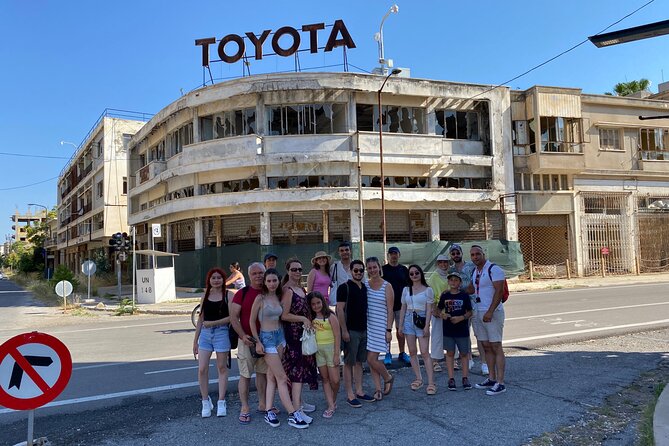Once a glittering Mediterranean destination beloved by stars like Elizabeth Taylor, Varosha is now a ghost town- a shell of its former self, caught between memory, politics, and creeping commercialisation.
Abandoned after the 1974 Turkish invasion of Cyprus, the resort was sealed off, its residents forced to flee with little more than what they could carry. For nearly 50 years, the neighbourhood remained untouched- its streets overrun by nature, its buildings decaying behind barbed wire, frozen in time.
But since 2020, Varosha has been reopened by Turkish and Occupied Cyprus authorities — not to the families who once lived there, but to tourists. And not just any tourists: dark tourists.
Once a niche travel curiosity, dark tourism– the act of visiting places associated with death, tragedy, or historical trauma- has become increasingly mainstream, fuelled by Netflix documentaries, TikTok influencers, and the pursuit of the eerie and unusual.
Over 1.8 million visitors have entered Varosha in just four years, many drawn not by its beauty or politics, but by its ghostly atmosphere and tragic past. Guided tours, e-bikes, beach umbrellas, even canteens now dot the area- all in a place where not a single displaced resident has been allowed to return.
Professor Hubert Faustmann told the Mirror:
“It’s now a tourist destination with guided tours, e-bikes, vehicles, and coffee shops. But it’s not open for return.”

Critics argue that this form of tourism risks trivialising or even commodifying human pain. The trauma of displacement- of watching your home become a spectacle for strangers- is not a curiosity. It is an unresolved injustice.
Yes, dark tourism can serve educational purposes. It can honour the dead and prompt reflection. But in Varosha’s case, the story isn’t over. This is not a ruined battlefield or a preserved concentration camp. This is a neighbourhood that belongs to living people, many of whom are still waiting for the chance to go home.
The resurgence of interest in Varosha is not inherently wrong- but it must be framed with care, context, and respect. Tourists must understand that they’re walking streets abandoned under duress, through homes left behind under military threat, in a place where the pain is still present.
Varosha doesn’t need beach umbrellas. It needs truth. It needs dignity. And perhaps, one day, it needs to be lived in again, not just visited.
Also read: Modern Diplomacy: Eastern Mediterranean under Turkish threat


